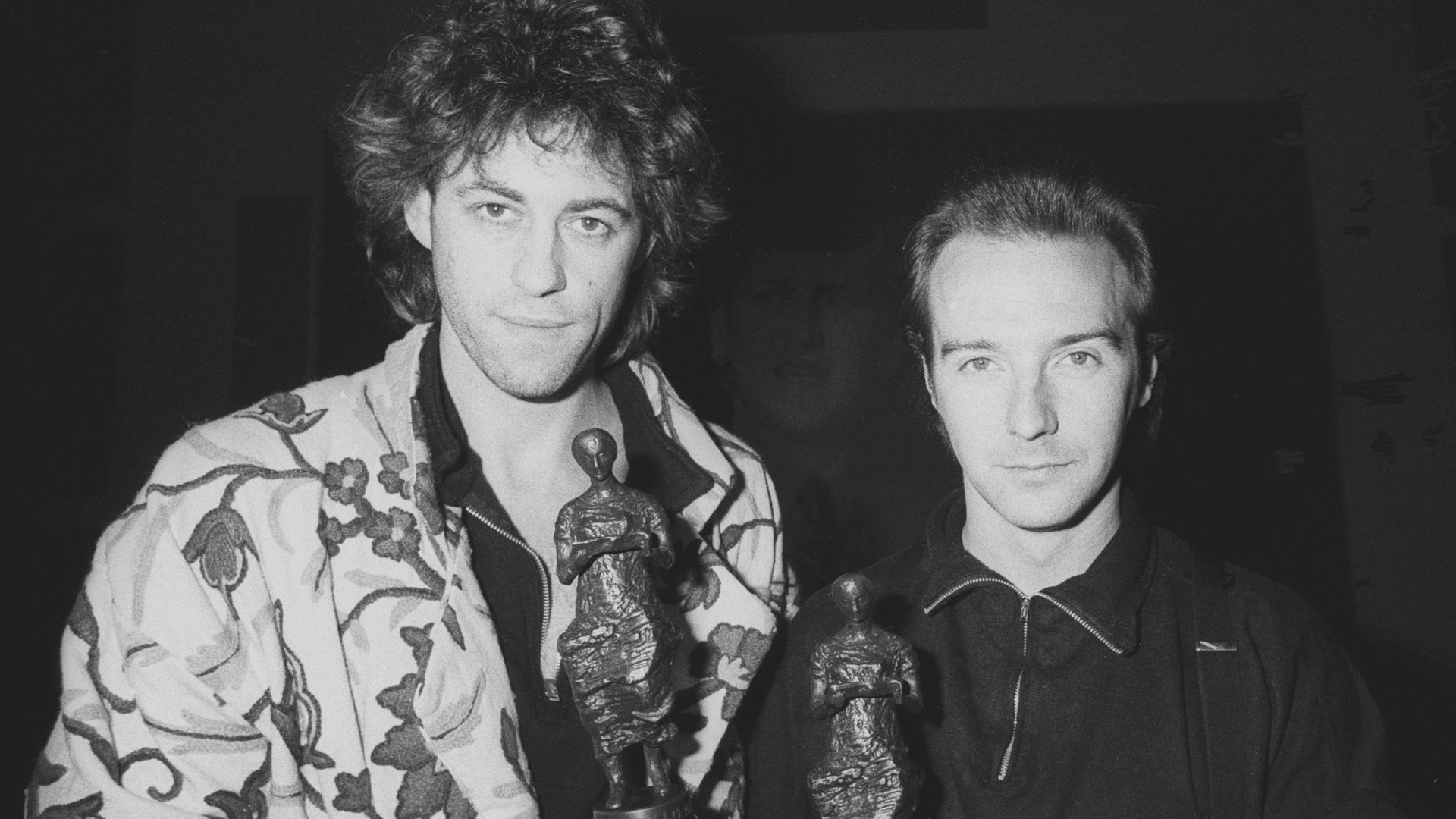
Birds will begin migrating back into Maine next week. Or the week after. Well, soon anyhow. It’s time for a quick identification workshop.
After all, the birds aren’t going to identify themselves. Well, yes, they are, but only to each other. But I digress.
When it comes to building bird identification skills, I propose that there are five levels of proficiency. For each level, I’ll give you one big tip for rapid improvement.
Most people are at level one, relying mainly on identification by sight. That’s reasonable. We all learned that way.
Tip: Don’t rely on color. Rely on field marks. Color can vary by age, gender and season. Field marks are more consistent. Wing bars, streaked breasts, throat color and eye rings all provide instant identity clues.
Level two is identification-by-sound. Birds make all kinds of noise, and not just singing. They have call notes, flight notes and alarm notes. I don’t mean to brag (yes, I do), but I can identify most birds blindfolded.
Tip: 20 percent of the birds make 80 percent of the noise. Learn to recognize the bird songs you hear most often, and the rest will come easier.
Level three requires an understanding of bird ranges. Of the 900-odd bird species in North America, only about a third are found in Maine. It’s a lot quicker to identify what a bird is, if you already know what it isn’t.
Range is so important, I always study up before I go somewhere distant. Then I’ll refresh my memory on the plane.
Tip: Every field guide has range maps for every bird. More maps are available online. Wherever you are, wherever you’re going, get familiar with what birds to expect there. By knowing what birds are in Maine, you don’t have to worry about the birds that aren’t.
Level four requires an understanding of habitats. Maine is a mosaic of different forest and wetland types. Elevation changes dramatically over short distances. It’s only 100 miles from sea level to the top of mile-high Katahdin. Birds are picky.
Once you understand their habitat preferences, they become much easier to find and identify. They sort themselves out, so you don’t have to.
Tip: Recognize habitats. Where would you expect to find pine warblers, swamp sparrows, field sparrows and marsh wrens?
Level five rewards recognition of bird behaviors. Every species does things differently than the next species. Anything a bird does — flying, standing, sitting, eating — it does differently than any other species.
It takes a long time to gain that kind of experience, but now that I’ve been a member of AARP for 20 years, I’ve had a lifetime to learn it. Often, I can identify a bird just by what it’s doing.
For example, I was southbound on I-95 last week, passing Alton Bog north of Old Town. Out of the corner of my eye, I saw a bird sitting at the top of a spindly tamarack. I knew right away it was a northern shrike, because few medium-sized birds dare sit on the top of a tree. They fear being seen by hawks. Shrikes fear nothing.
Tip: Observe behavior. Duh.
These five levels of proficiency are the condensed version of a workshop I’ll present live at 7 p.m. Friday, March 1, at Fields Pond Audubon Center in Holden. It will be geared toward tuning up identification skills for spring.
You can attend in person, or watch via Zoom the same way I would do it — at home with a glass of Cabernet Sauvignon. Get the pre-registration link from the Penobscot Valley Chapter website at pvcaudubon.org.
In the end, I preach one overriding lesson: bird identification is easier than it looks. The problem is that guidebooks contain an overwhelming number of birds, each taking up an equal space on one page.
They’re not equal. Wherever you are, the number of birds you must sort through to find the right one is much smaller than what’s in the book.
The trick to better bird identification is to sort them into smaller and smaller piles, until there’s only one left. Sort by size, color, field marks, noise, ranges, habitats and behavior.
You’re already doing it without thinking about it. Let’s say you see a large bird in a tree. You may not know what it is yet, but you know what it isn’t. It’s not a loon. It’s not a chickadee. The color is wrong for pink flamingo.
If you give them a chance, the birds will sort themselves out.












